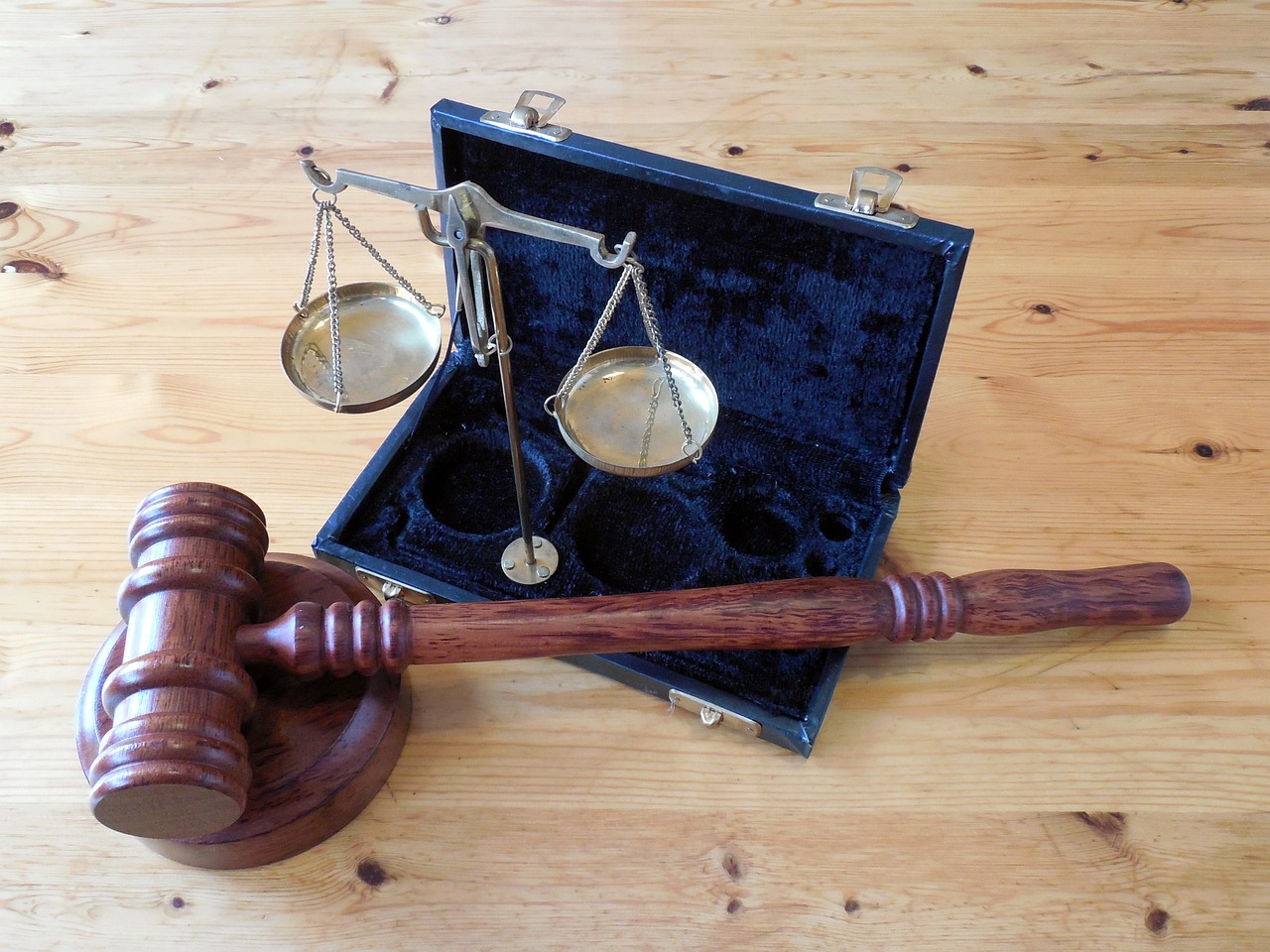Libra Token’s Collapse Sparks Calls for Stronger Memecoin Regulation
19.02.2025 16:00 1 min. read Alexander Zdravkov
The collapse of Argentina's Libra token has reignited debates over the need for stronger regulatory frameworks around memecoins.
The token’s failure, widely attributed to a lack of oversight, has led industry figures like Nic Puckrin, CEO of Coin Bureau, to call out regulators for their inaction.
According to Puckrin, the rise of fraudulent memecoins is a direct result of gaps in regulation, particularly by authorities like the U.S. SEC, which has yet to define clear rules for these assets.
While some believe the SEC should step up, others argue that the responsibility should lie with Congress or the CFTC. However, Puckrin stresses that without regulation, the market will remain vulnerable to manipulation and unfair practices.
He draws parallels to the ICO boom, which collapsed after the SEC’s crackdown, warning that memecoins could face a similar fate if left unchecked.
There is some divergence of opinion, however. While Puckrin advocates for a proactive approach to memecoin regulation, other industry voices, such as CoinFund’s Christopher Perkins, suggest that memecoins already fall under existing commodity laws.
Perkins argues that fraudulent activities in this space are already illegal and don’t necessarily require new regulations. Still, with a lack of specific legal frameworks in many countries, memecoins are often left in a grey area, fueling concerns of potential exploitation in the absence of clear guidance.
-
1
Circle Soars in NYSE Debut Amid Surging Stablecoin Interest — But Not Everyone’s Cheering
06.06.2025 11:00 2 min. read -
2
Yuga Labs Moves to Dismantle ApeCoin DAO in Favor of Centralized Structure
07.06.2025 15:00 2 min. read -
3
CETUS DEX Returns After Major Exploit, Faces Mixed Reaction from Users
09.06.2025 20:00 1 min. read -
4
Tether’s Hypothetical IPO Could Value It Above Coca-Cola, CEO Suggests
10.06.2025 11:00 1 min. read -
5
UK Regulators Unveil PISCES – A New Era for Private Share Trading
11.06.2025 15:00 2 min. read
SoFi Returns to Crypto with Trading, Staking, and Blockchain Transfers
Digital banking platform SoFi Technologies is making a strong return to the cryptocurrency space, relaunching its crypto trading and blockchain services after stepping away from the sector in late 2023.
Chinese Tech Firms Turn to Crypto for Treasury Diversification
Digital assets are gaining ground in corporate finance strategies, as more publicly traded companies embrace cryptocurrencies for treasury diversification.
Ripple Faces Legal Setback as Court Rejects Bid to Ease Penalties
Ripple has been dealt another legal blow after a federal judge rejected its attempt to ease court-imposed restrictions and penalties stemming from its long-standing battle with the U.S. Securities and Exchange Commission (SEC).
BIS Slams Stablecoins, Calls Them Ill-Suited for Modern Monetary Systems
Stablecoins are failing where it matters most, says the Bank for International Settlements (BIS), which sharply criticized the asset class in its latest annual report.
-
1
Circle Soars in NYSE Debut Amid Surging Stablecoin Interest — But Not Everyone’s Cheering
06.06.2025 11:00 2 min. read -
2
Yuga Labs Moves to Dismantle ApeCoin DAO in Favor of Centralized Structure
07.06.2025 15:00 2 min. read -
3
CETUS DEX Returns After Major Exploit, Faces Mixed Reaction from Users
09.06.2025 20:00 1 min. read -
4
Tether’s Hypothetical IPO Could Value It Above Coca-Cola, CEO Suggests
10.06.2025 11:00 1 min. read -
5
UK Regulators Unveil PISCES – A New Era for Private Share Trading
11.06.2025 15:00 2 min. read


